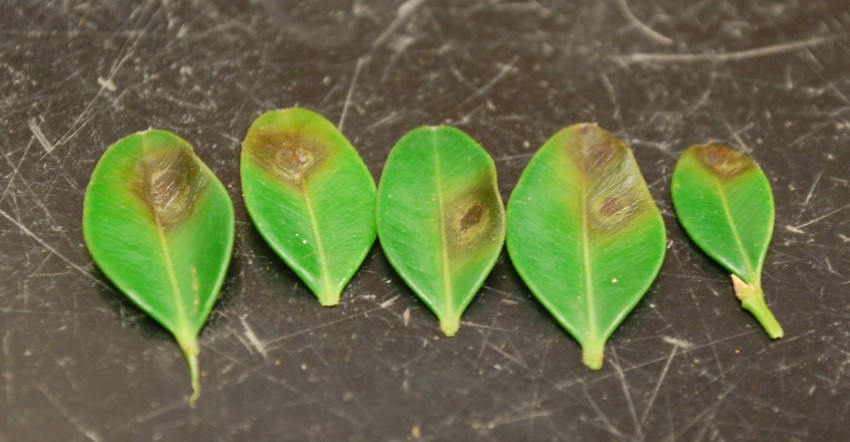
Some in the industry are concerned that the U.S. This was confirmed at the recent American Boxwood Society (ABS) meeting, where new developments in boxwood blight research were featured. While other diseases and pests threaten boxwoods-such as boxwood leafminer, Volutella, and mites-boxwood blight, caused by Calonectria pseudonaviculata, is the primary concern in the US at the moment. The costs to grow boxwood have reached an all-time high as well for most growers. With demand for boxwood at an all-time high, it’s unfortunate that growers must contend with boxwood blight, the impact of which is increasingly felt in production. Even some greenhouse producers are handling boxwood at certain times of the year. boxwood production at over $126 million, beating azalea, holly, hydrangea, arborvitae, and many others. In 2014, the USDA National Agricultural Statistics Service estimated the value of U.S. Growers now report an inability to meet consumers’ demands for boxwood-a good scenario! Boxwood is the #1 woody plant sold in the U.S. Fast-forward a few years, and it’s a whole different story.


Boxwood blight treatment full#
This was during the period where the great recession was in full swing and new housing construction was at low levels. Make checks payable to HRI at 2130 Stella Ct Columbus, OH 43215 and include a memo line: Boxwood Blight.īack in the late 2000s and early 2010s, before boxwood blight became a household name among nurseries, growers reported a slump in sales of boxwood and plentiful inventory. To make a charitable contribution in support of the Boxwood Fund, please contact HRI at 61. Both the Virginia Nursery & Landscape Association and the West Virginia Nursery & Landscape Association have committed $10,000 toward this work. Ultimately, HRI hopes to endorse a labeling system indicating a variety’s tolerance level to guide better choices by nursery growers, retail customers, and landscape managers. For example, a variety may show high tolerance in one site but moderate tolerance at another site. Previous research has shown potential variability among results. HRI is using the re-established Boxwood Blight Fund to help establish a standardized testing protocol. In addition to needed mitigation research, the industry needs to better understand which boxwood varieties exhibit tolerance or susceptibility.

HRI continues to directly fund boxwood blight research, including two projects funded in 2018. Since then, HRI has leveraged these funds to gain an additional $2.7 million through multiple funding sources including the USDA-ARS Floriculture and Nursery Research Initiative and USDA-APHIS Farm Bill. In 2012, in response to confirmations of boxwood blight in the United States, HRI established the Emerging Issues: Boxwood Blight Fund and dedicated over $16,000 towards research on mitigation efforts. HRI has recently relaunched its Emerging Issues: Boxwood Blight Fund and will use this fund to coordinate development efforts for a standardized evaluation of boxwood varieties’ tolerance of or susceptibility to boxwood blight.


 0 kommentar(er)
0 kommentar(er)
